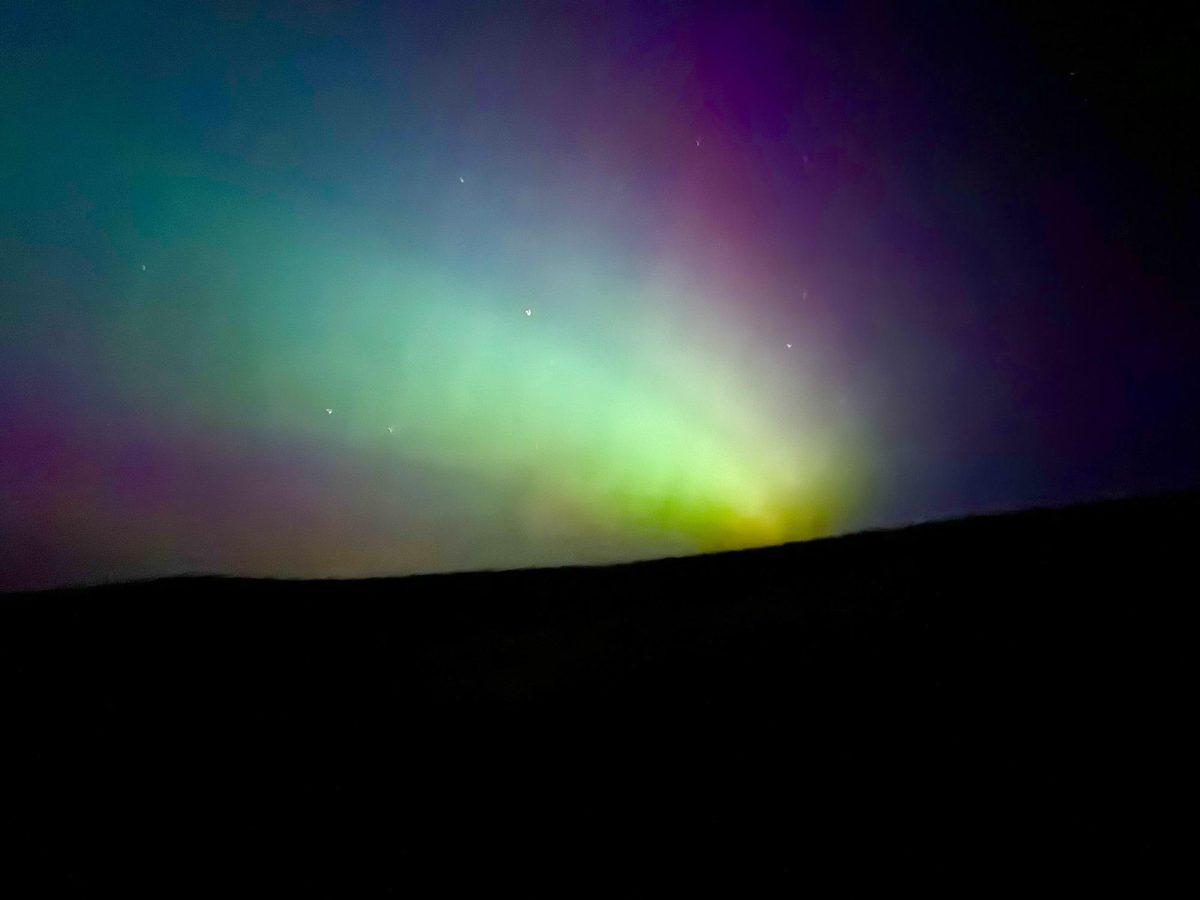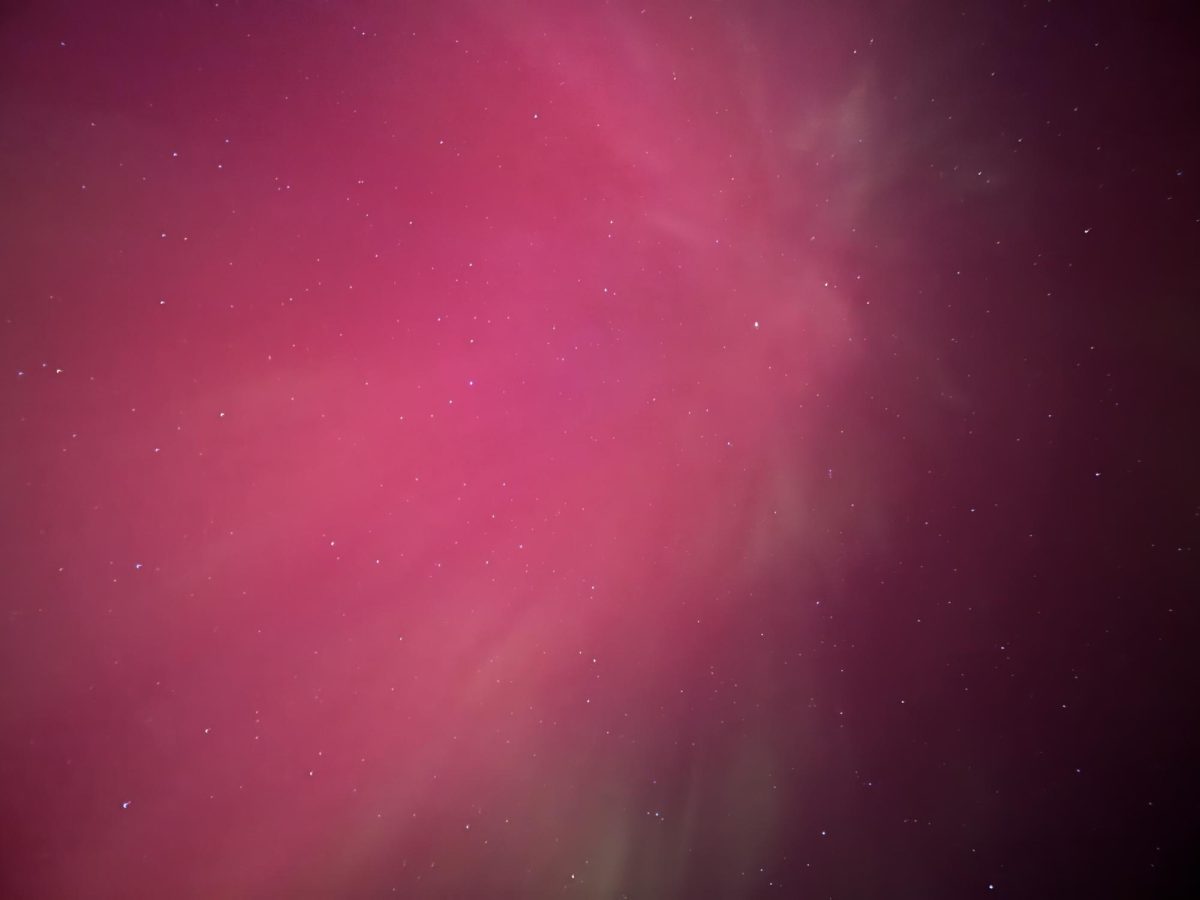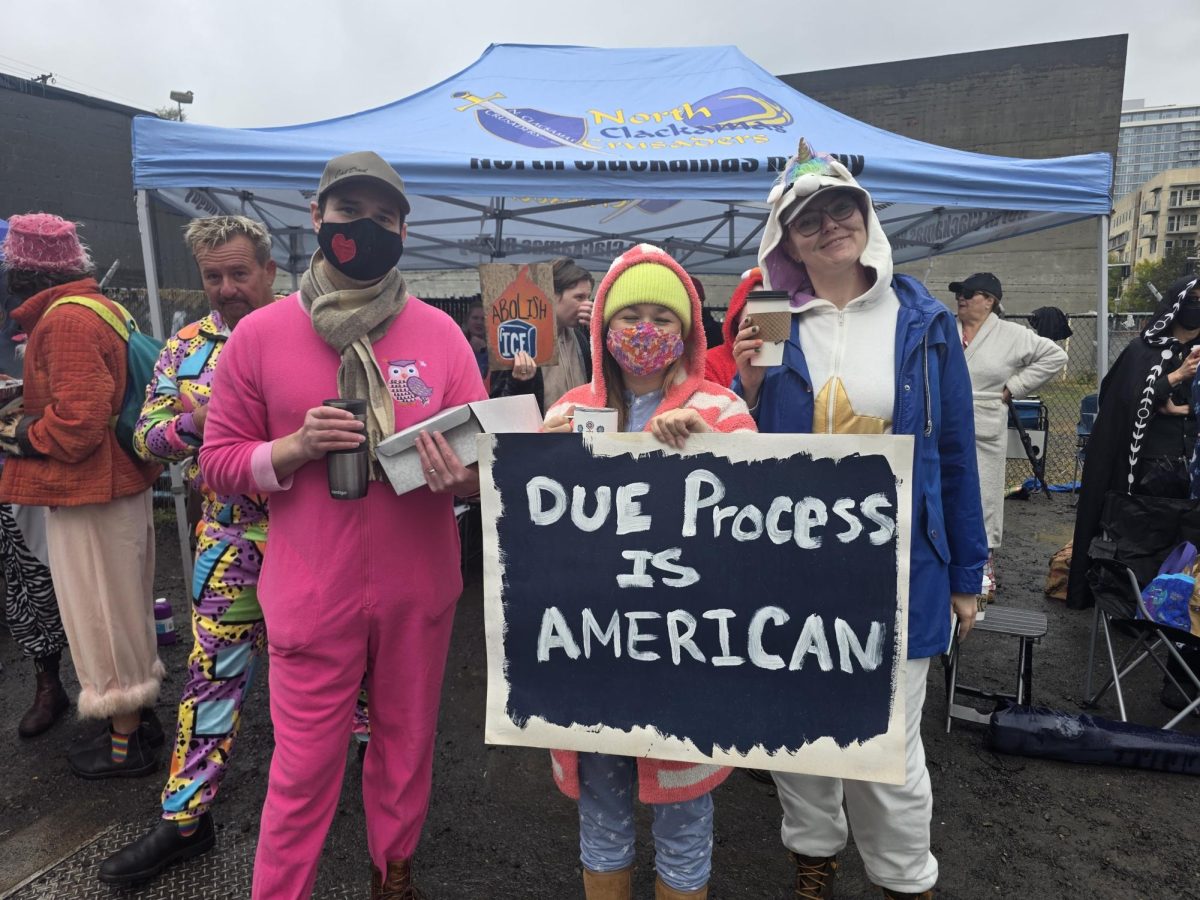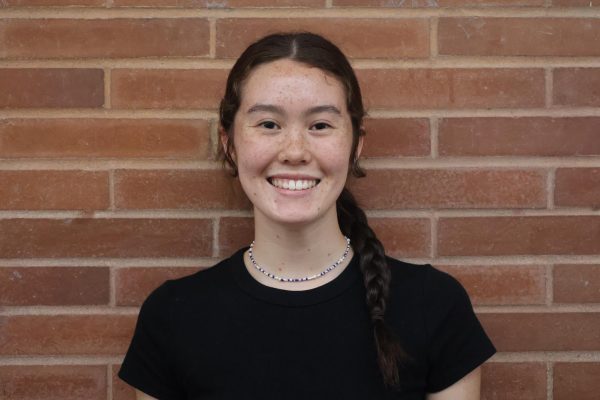On May 10 and 11, a spectacle that has not occurred in Portland for over two decades painted the night sky — the northern lights. Science lovers and stargazers rejoiced as the lights filled the sky, but it also invited the everyday Portlander to take a look up.
The process of forming the northern lights begins on the sun. On the sun, clusters of sunspots produce a “solar storm” or “solar flares,” which bursts of energy or plasma come off of. When a solar storm is produced and directed to go to Earth, it turns into a geomagnetic storm.
A magnetic field surrounds the entire earth, but its weakest points are at the North and South Poles. Here, the charged protons and electrons from the solar storm enter Earth’s atmosphere through the poles. “If a particle is coming into Earth, if it gets hit sideways, the Earth’s magnetic field pushes it sideways and it protects us,” said Kate Nichols, a physics teacher at Ida B. Wells-Barnett High School. “[At] the end of the poles, the push [of the Earth’s magnetic field] is in, so it actually brings those particles in the poles and that’s why we get this [the northern lights] effect at the poles and not the middle.”
After entering Earth’s atmosphere, the protons and electrons get “excited” when interacting with its various molecules, oxygen and nitrogen. “I know a lot of people saw them kind of purple-y and red and I feel like that’s more rare,” said Dr. Hillary Brown, a physics and geology teacher at IBW. “It has to do with the composition of the atmosphere.”
“High atmosphere oxygen is red, mid-atmosphere oxygen is green and low atmosphere nitrogen is purple and blue,” said Nichols.
To see the northern lights, its important to be in the right place and at the right time, which can be difficult. “You [primarily] get these events happening at the poles, due to our magnetic field and I think what was unusual, extra unusual, [was] they don’t usually extend that far south,” said Brown.
This past weekend there was a geomagnetic storm at the G4 level, which hasn’t occurred since 2005. With a G4 storm being the second-strongest type of geomagnetic storm, it was strong enough to trigger the northern lights closer to the equator, rather than just at the poles. The magnitude of the storm allowed people throughout Washington and Oregon to see the lights, even in their backyards.
Debonaire Powell, a senior at IBW went through Shaniko, Oregon, a place with little to no light pollution, this past weekend to see the lights. “It was jaw-dropping. It made me feel really small in the big spectrum of life itself,” said Powell. “The experience was so special because of the unprecedented nature [of it]. We [Powell and his friends] went out in the middle of nowhere and were blessed with being able to see nature run its course.”
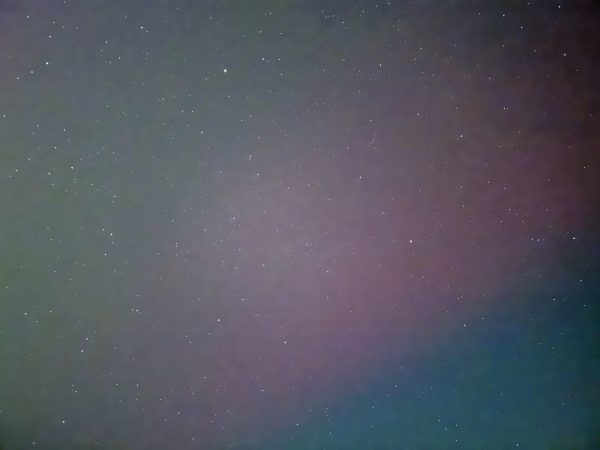
The northern lights are a once-in-a-lifetime experience, not to be forgotten anytime soon by the Pacific Northwest. Although Brown didn’t see the lights this past weekend, her past experiences witnessing them sums up the sentiment in Portland: “It was really beautiful, so that was a pretty magical experience.”


